How to hang plants from the ceiling - expert tips to add greenery overhead safely
These expert tips on how to hang plants from the ceiling, plus which plants to pick, will allow you to create an on-trend greenery display
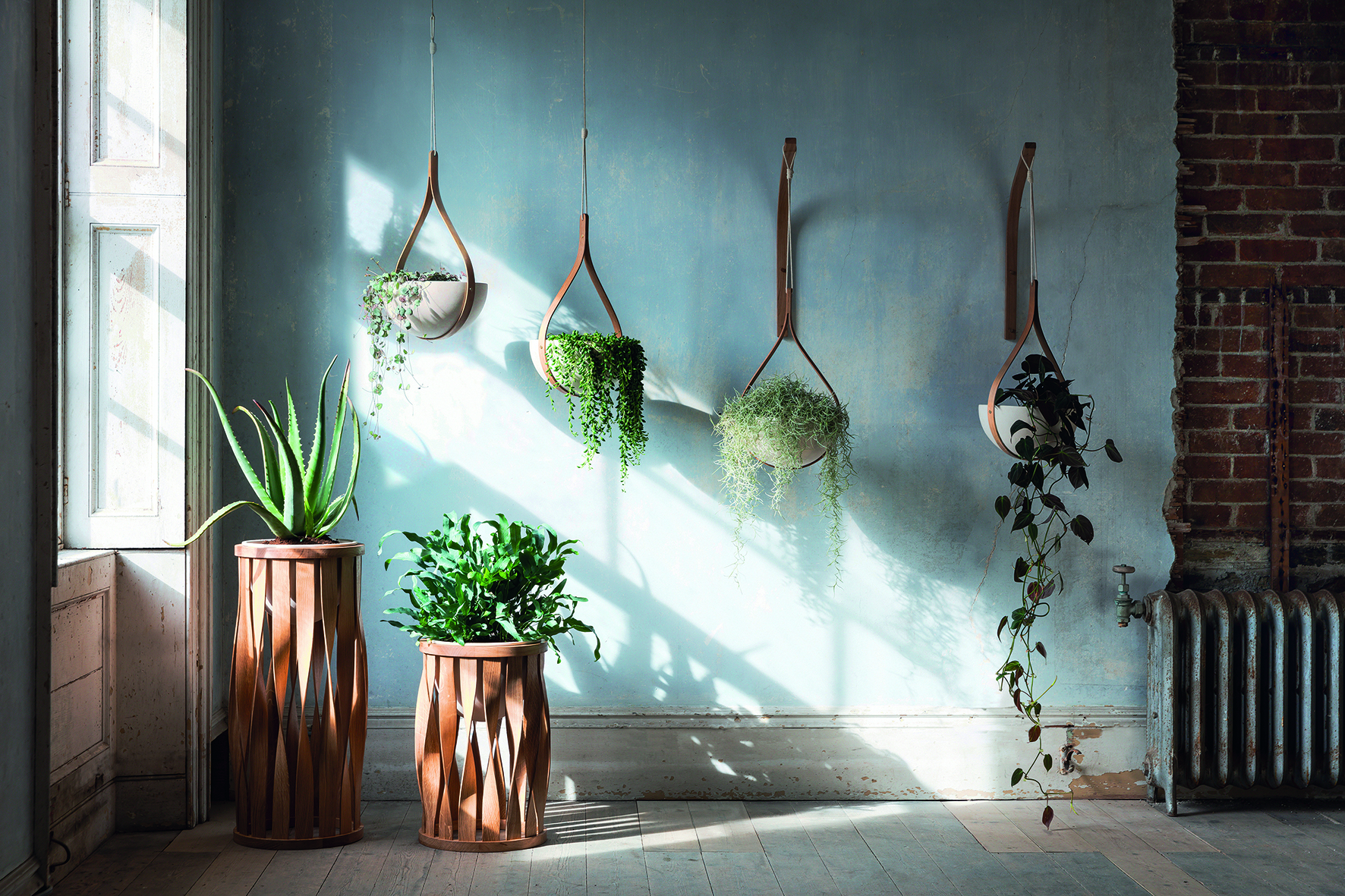
Learning how to hang plants from the ceiling offers multiple benefits, from air-purifying qualities to aesthetics.
'Hanging plants is a great way to add green to your home without losing any valuable floor space,' says Tara Heibel of plant brand Sprout Home. 'It can also add dimension to the space by having foliage at different heights.'
It's one way of decorating with plants that offers a multitude of benefits, particularly if you’ve got pets or young children in your home. 'Many popular houseplants such as pothos, peace lilies, philodendrons, ZZ plants, and English Ivy contain toxic chemical compounds that can cause quite unpleasant symptoms if ingested by a pet or young child,' explains Andrew Gaumond, horticulturist and editorial director at Petal Republic. 'Keeping these plants out of reach is the easiest way to mitigate potential issues.
'Hanging plants are also brilliant for small or restricted living spaces allowing you to maximize the available space that would otherwise be empty,' Andrew adds. 'They also provide a unique aesthetic and can help with filtering dust and purifying the air.'
How to hang plants from the ceiling
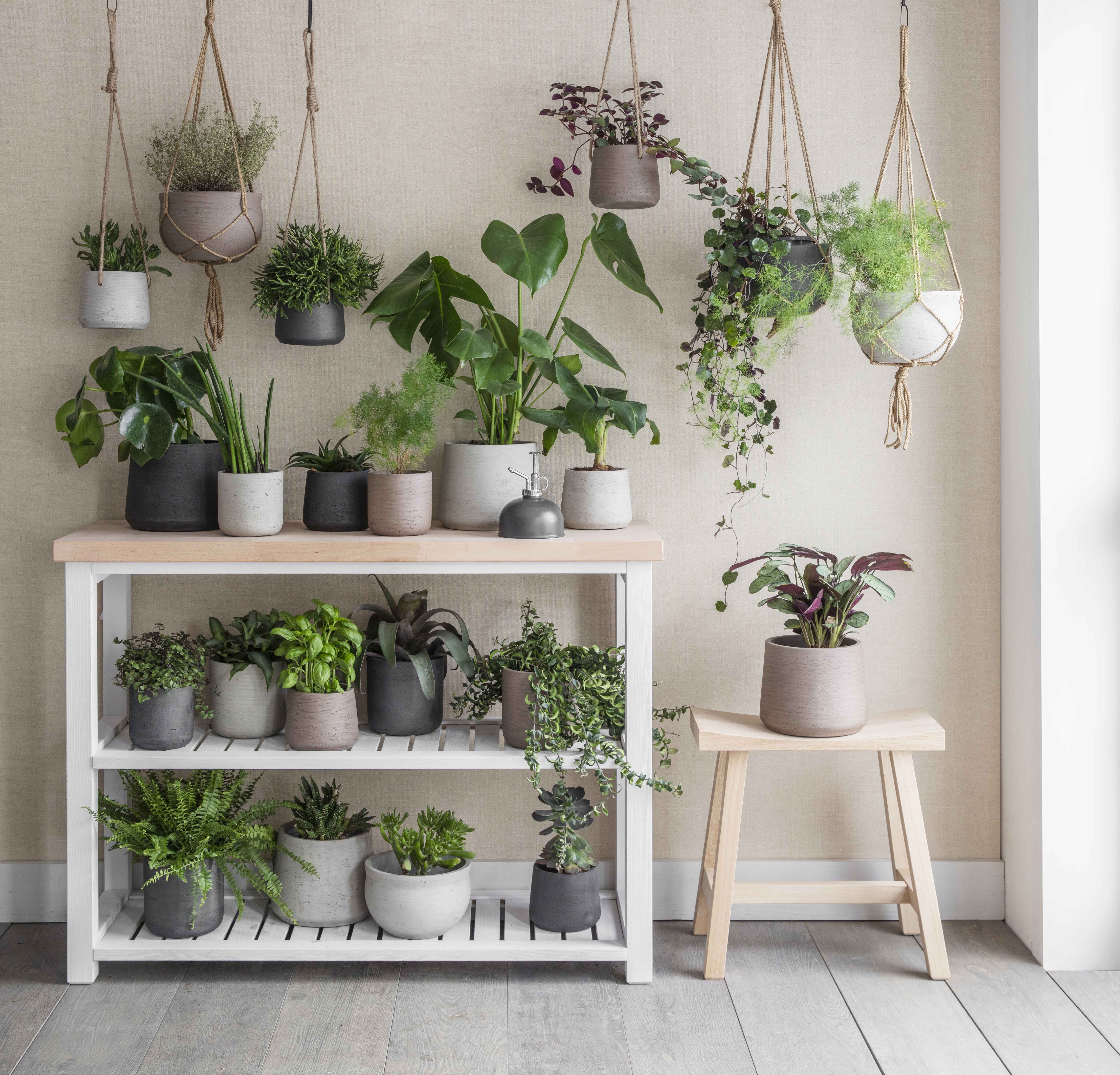
'Hanging plants from your ceiling or wall is a great small apartment idea - a lovely way to use vertical space to display and enjoy plants,' says Erin Marino, editorial director of The Sill. 'It can also be aesthetically pleasing, filling otherwise blank, negative space with some uplifting greenery.'
Whether you hang one or a group of planters for a curated, on-trend look, this step-by-step guide will show you how.
1. Consider the plant and location
There are some basic fundamentals that are worth considering when hanging plants in the home.
'Firstly, consider the plant you’re hanging and its inherent care needs in terms of light exposure, watering requirements, drainage, and temperature tolerances ahead of hanging,' advises Petal Republic's Andrew Gaumond. 'This will help you determine the best rooms and positions in your home.'
'Pick a place to hang and assess the light scenario in said space so that you can choose your plant variety that matches the light condition in which it needs,' adds Tara Heibel of Sprout Home. 'Keep in mind how the plant you select will grow so that you can leave enough room for it from walls and windows.'
2. Think about your choice of hanging ceiling planter
'Choosing a suitable hanging planter is also key,' says Andrew. 'Plants need excellent drainage systems to avoid stagnant water in the pot (which can lead to disease and rot if left unchecked), so ensure you’re using a system that allows water to flow freely from the potting soil into a collection saucer attached to the planter.' A better strategy is to unclip your hanging plant and water in the sink before allowing it to drain and then re-hang.
3. Assess the ceiling material
Checking your ceiling material will ensure you have everything you need - and the correct tools - to install your hanging planter.
'In terms of installing a ceiling hook, you’ll want to assess the type of material you’re drilling into (be it brick, hardwood, plasterboard, concrete etc.), as each will require a slightly different drill bit and clip,' Andrew Gaumond says. 'The type and size of plant you’re looking to hang will also determine the load-bearing capacity you need to consider for the hook you’re installing.'
'For drilling right in to drywall with no support beams behind it, it is recommended to use anchors and screws so that it can support the weight of the plant,' Tara Heibel adds. 'If drilling right into drywall that has a support beam behind, or if drilling directly into wood you can just use a screw.'
4. Choose your plant hook
You should also make sure you use the correct hardware for a professional-looking finish. One of the most common options for indoor hanging planters is a hook screw, where one side has a hook to hang from, and the other has an anchor to screw into the ceiling joists or stud. You'll find all kinds of specialist plant hooks on sites like Amazon, and the likes, in a variety of styles.
'There are so many options to choose from with various finishes and decorative levels,' says Tara. 'We love this Bijou Hanging Ring - simple yet perfect.'
5. Install your plant hook
To install your plant hook, you will need:
- Plant hook
- Stud finder
- Power drill and drill bit
- Pencil to mark hook's location
- Step ladder to reach it
Select where you want to place your plant hook and mark the spot with a pencil.
'Installing a plant hook directly into a stud or a joist is a good way to get a strong grip,' say the style experts at Wayfair. 'To do so, use a drill bit that is the same diameter as the shank (pointed end) of the hook, not the threads.
'Drill your pilot hole slightly deeper than the length of the threaded shaft. Push the screw into the hole and twist it until it is tightened and the base of the hook is flush with the ceiling.'
You're now ready to hang your plant, and create your urban jungle.
Which plants are good for a ceiling hanging planter?
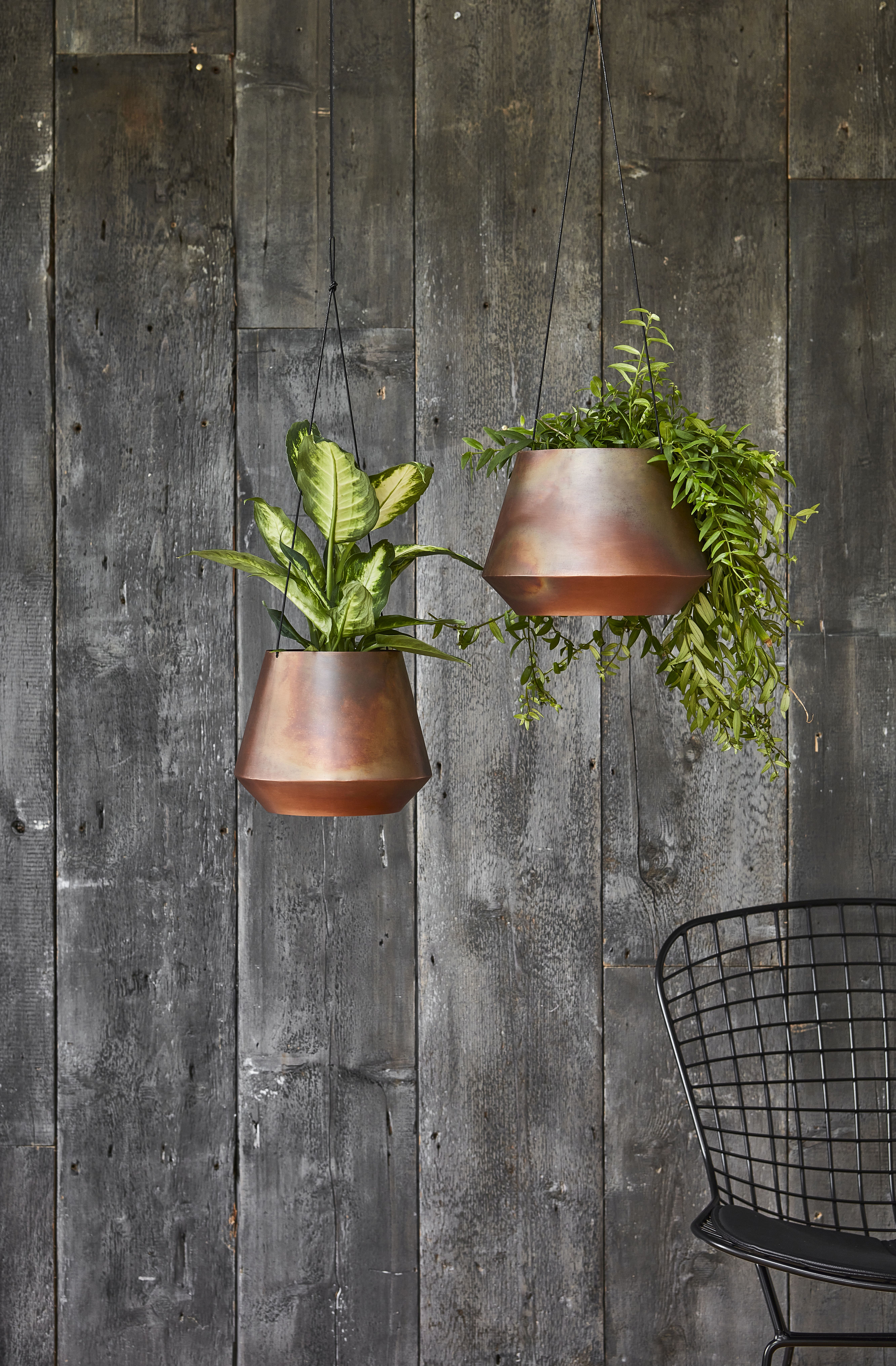
'Any plant can be a hanging plant but we do advise to focus on hanging plants that vine down so that the cascading effect will create some drama and fill the space,' says Sprout Home's Tara Heibel .
'Depending on your light there are a plethora of options available. Some lower light, without direct sun, trustworthy recommendations would be Scindapsus and Pothos varieties which are quick growing and not too fussy, making them great houseplants for beginners.'
'For partial sun we are huge Hoya fans - even though it can take a while for them to bloom it is so worth the wait and they like to be kept tight thus avoiding constant repotting.
'One of my favorite direct sun plants for hanging would be the Senecio family such as String of Pearls.'
Andrew Gaumond also shares some of his favorite plants for a hanging planter below:
Red prayer plants: These are perfect for ceiling hanging plants as they grow low and wide and are very easy to maintain.
Philodendron Brasil: Aside from its easy-to-grow and carefree nature, this vining plant’s attractive foliage makes it a beautiful option for a hanging planter. The heart-shaped, dark green leaves feature yellow variegation in the center, and they also help to purify the air.
Boston fern: Boston ferns are one of the easiest types of fern to grow indoors and display striking sword-shaped leaves that arch over and can grow out to around 3ft in length.
Nepenthes Pitcher Plant: These carnivorous plants are an excellent option for a unique plant feature in your home. They boast bright, glossy, green leaves and eclectic ‘pitfall’ traps for sucking up any pesky insects.
A String of Pearls (Senecio rowleyanus): A favorite succulent vining plant that is perfect for indoor hanging planters. The vines are rapid growers, which also display tiny white flowers that smell like cinnamon.
Can I hang a plant from the ceiling without drilling?
Yes, you can hang a plant from the ceiling without drilling if you have an exposed beam or pipe to hang from.
You can use an S-hook, which allows one side to hang over the beam or pipe, while the other holds the planter.
Top tips for plants in hanging planters
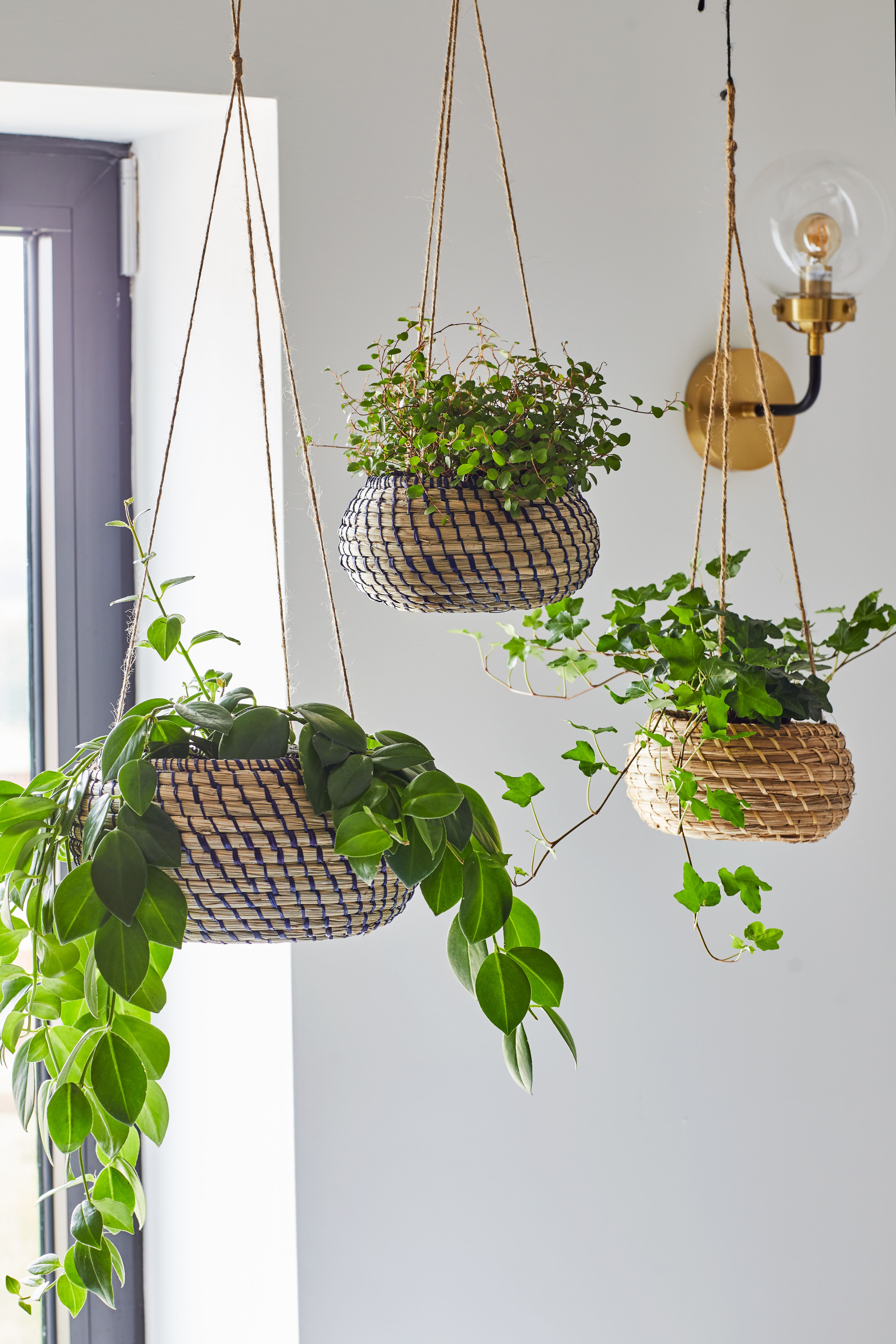
The Sill's Erin shares her general top tips for hanging planters below:
1. Keep in mind light, water, humidity, and environment just like you would for a tabletop or floor plant. Depending on where you are hanging up your hanging planter, you’ll want to pick a plant that with thrive in the light that spot receives: whether it’s bright, medium, or low light. Choose your plant accordingly.
2. In terms of watering, keep in mind how easy (or not) it will be to reach your hanging planter. If you’re able to hop on a stool and reach the pot easily, you might not mind choosing a plant that requires weekly waterings. Just think about how often you should water the houseplant. If it’s kind of a hassle to reach, you might want to opt for a plant with succulent qualities, that might only need to be watered about once a month.
Although a watering can with a long neck helps you reach hanging planters easier, it’s important for you to be checking your plants' potting mix before watering, so you do not accidentally overwater your plant.
3. Remember that the majority of house plants prefer stable environments. Don’t hang them in front of air conditioners, heating units, or open windows that could cause drafts.
4. Most hanging planters do not have drainage holes. Create your own drainage by lining the bottom of the planter with an inch or so of lava rocks, or similar, before adding the potting mix.
Be The First To Know
The Livingetc newsletters are your inside source for what’s shaping interiors now - and what’s next. Discover trend forecasts, smart style ideas, and curated shopping inspiration that brings design to life. Subscribe today and stay ahead of the curve.
Ruth Doherty is a lifestyle journalist based in London. An experienced freelance digital writer and editor, she is known for covering everything from travel and interiors to fashion and beauty. She regularly contributes to Livingetc, Ideal Home and Homes & Gardens, as well as titles like Prima and Red. Outside of work, her biggest loves are endless cups of tea, almond croissants, shopping for clothes she doesn’t need, and booking holidays she does.
-
 5 Bathroom Layouts That Look Dated in 2025 — Plus the Alternatives Designers Use Instead for a More Contemporary Space
5 Bathroom Layouts That Look Dated in 2025 — Plus the Alternatives Designers Use Instead for a More Contemporary SpaceFor a bathroom that feels in line with the times, avoid these layouts and be more intentional with the placement and positioning of your features and fixtures
By Lilith Hudson Published
-
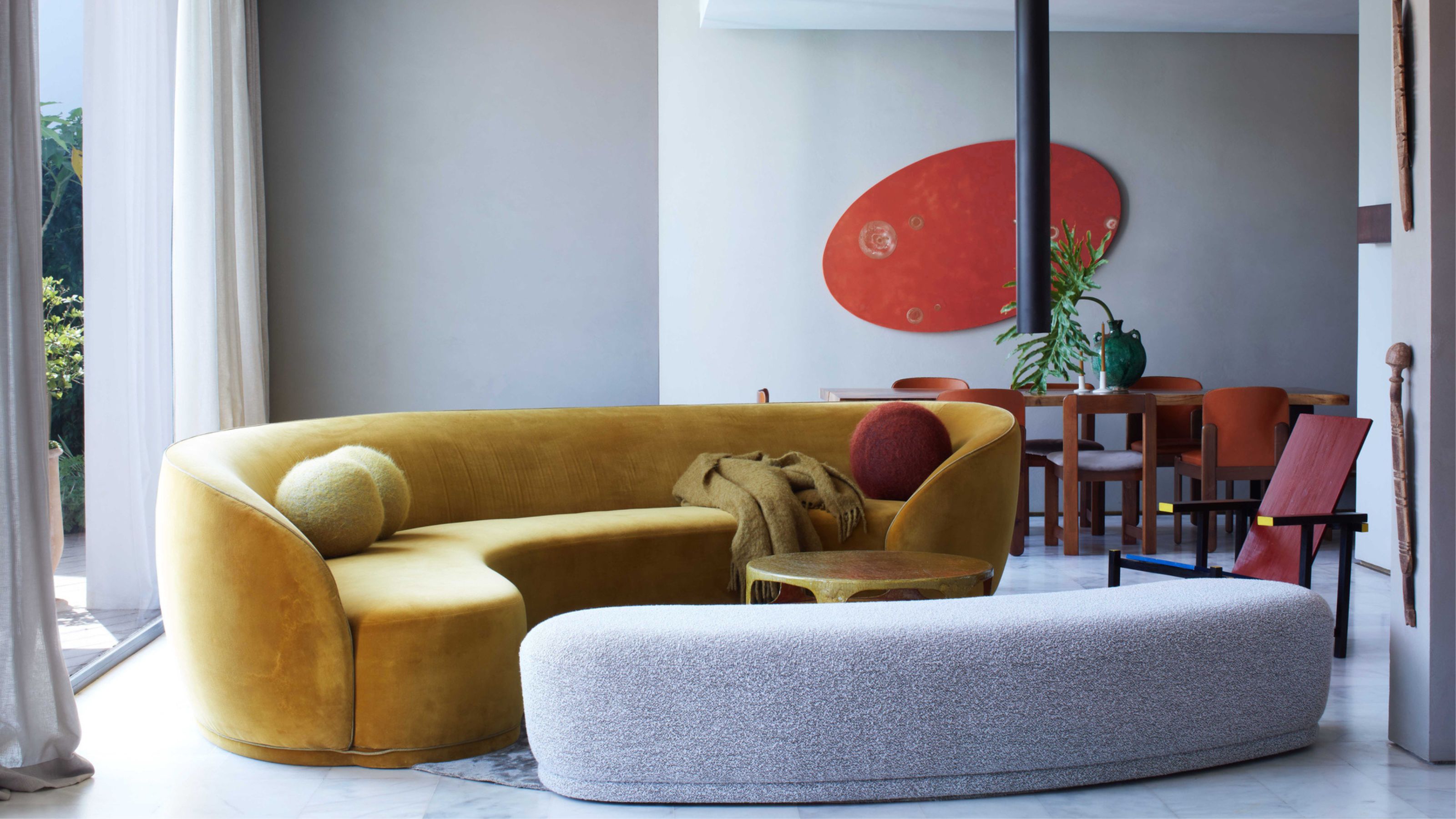 Why Decorating With Mustard Yellow Helps Fill Your Interiors With a Sense of "Confident Calm"
Why Decorating With Mustard Yellow Helps Fill Your Interiors With a Sense of "Confident Calm"There is so much more to decorating with this turmeric-tinted sauce-wiggled-on-a-hotdog not-quite-yellow shade than meets the eye
By Amy Moorea Wong Published